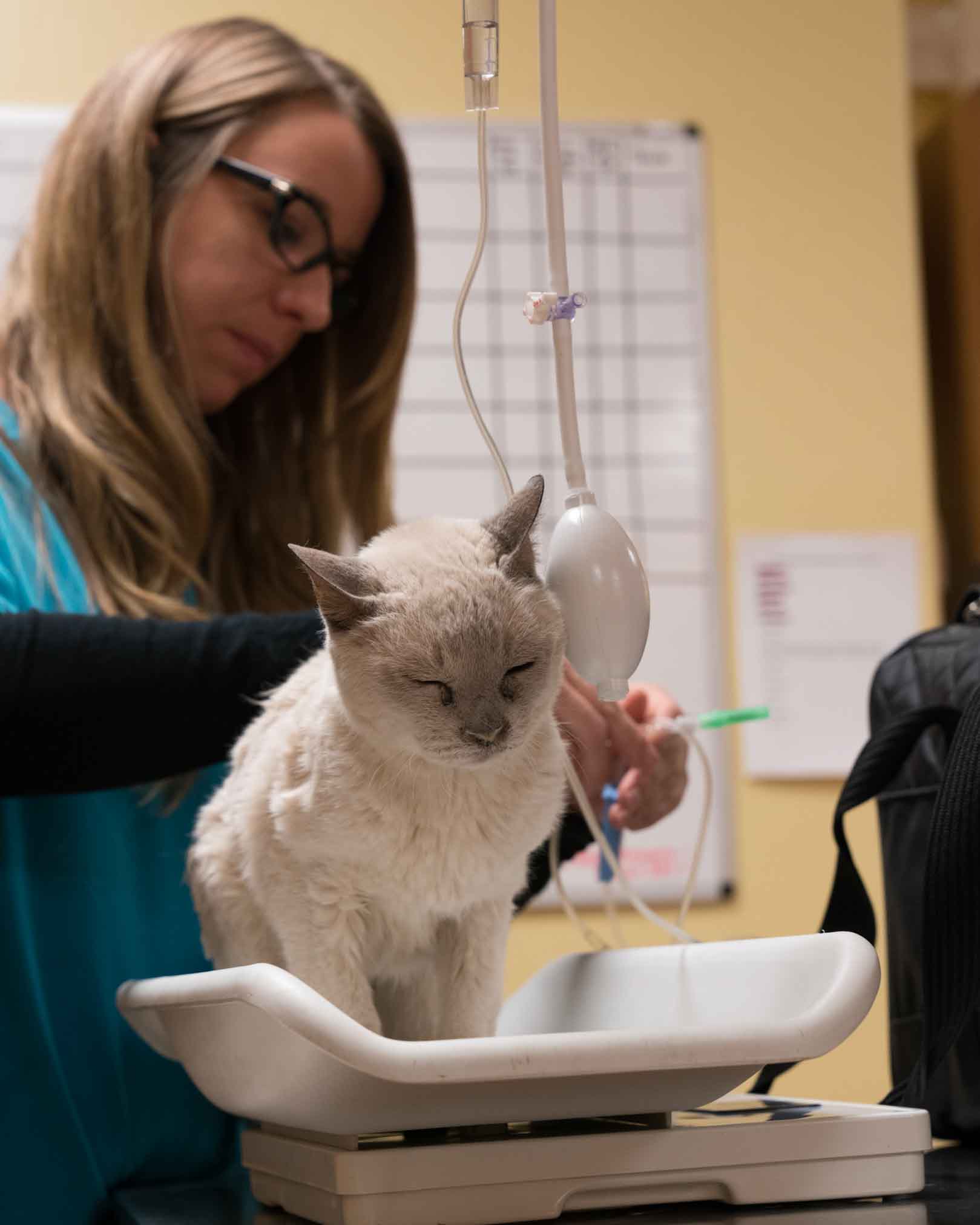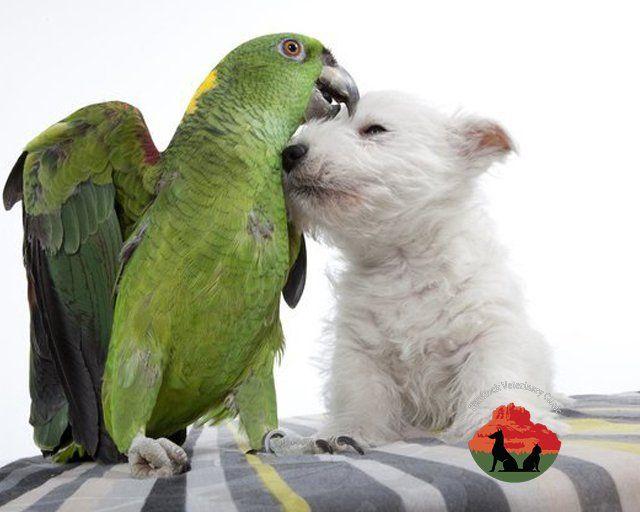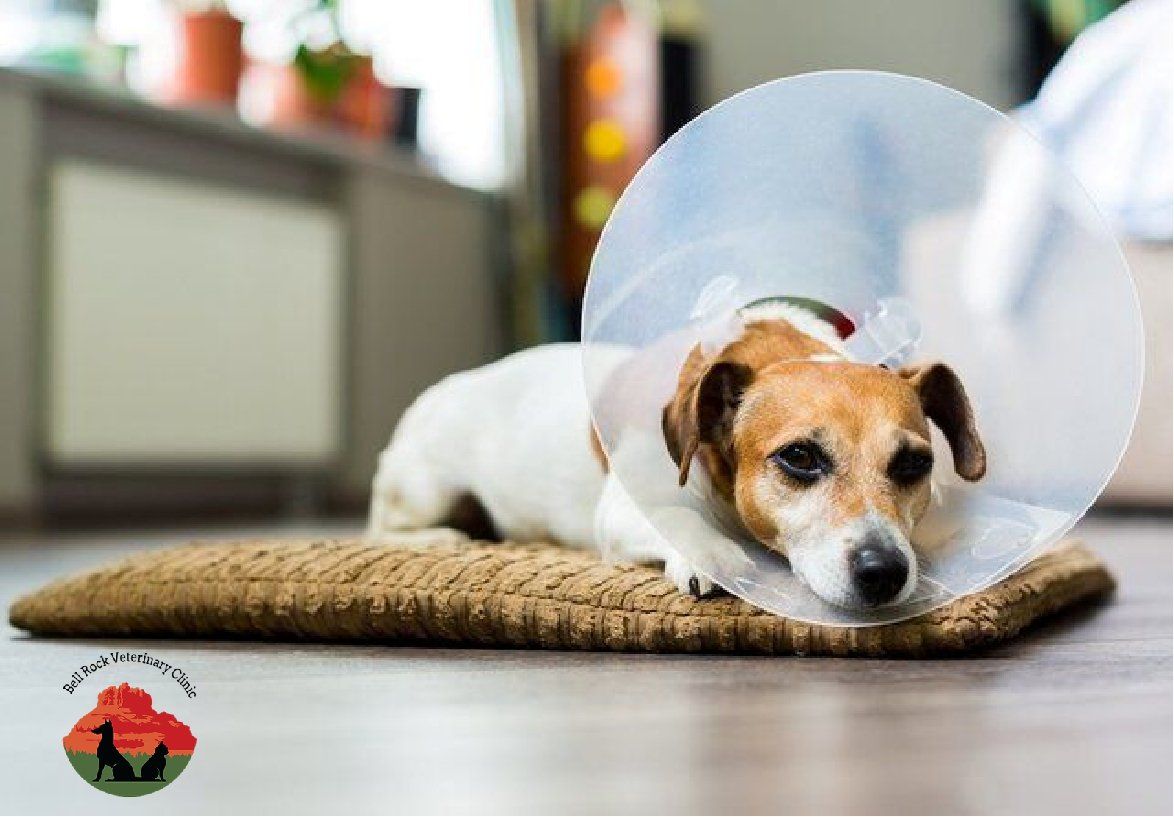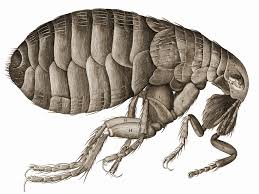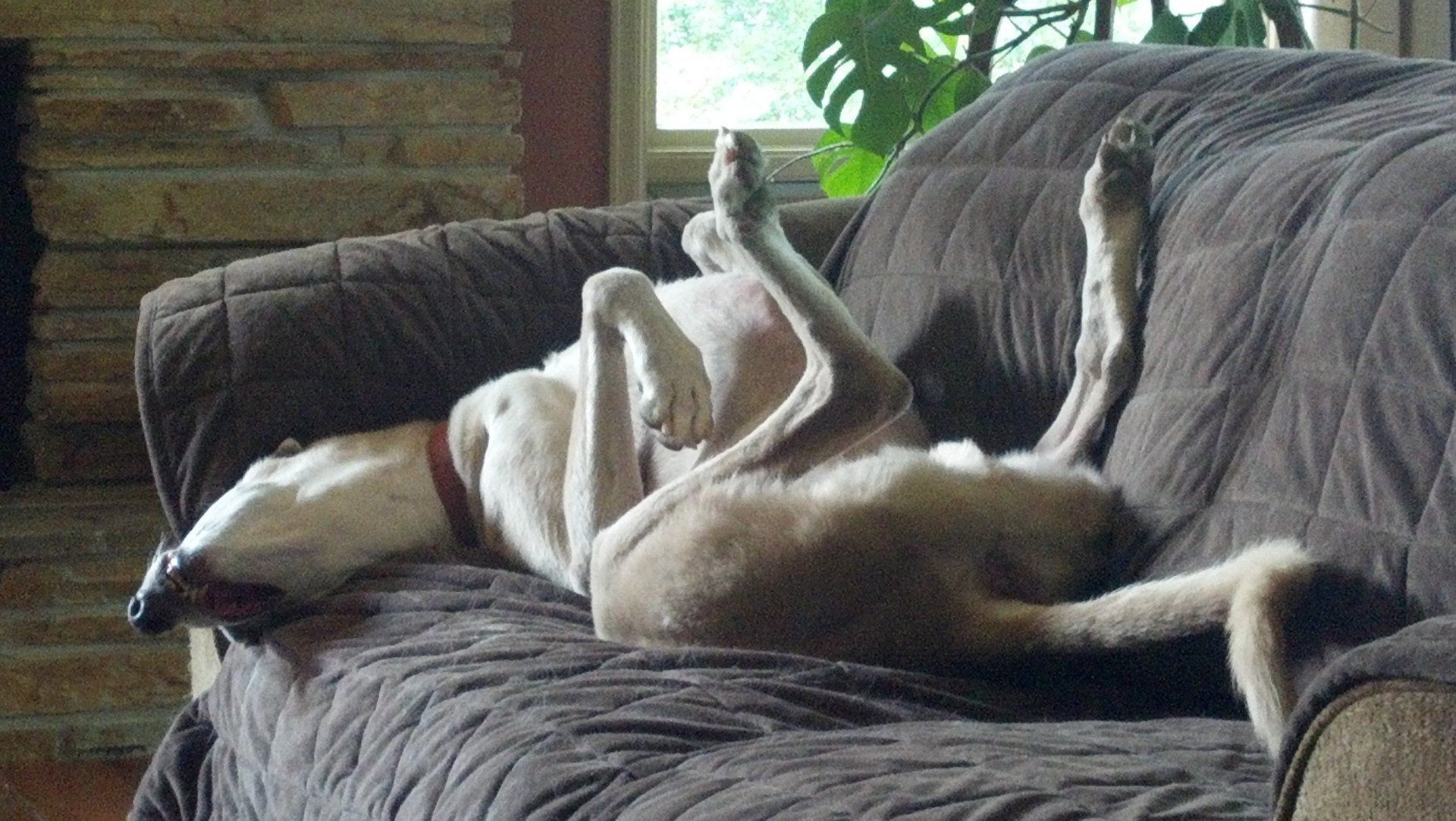End of Life.
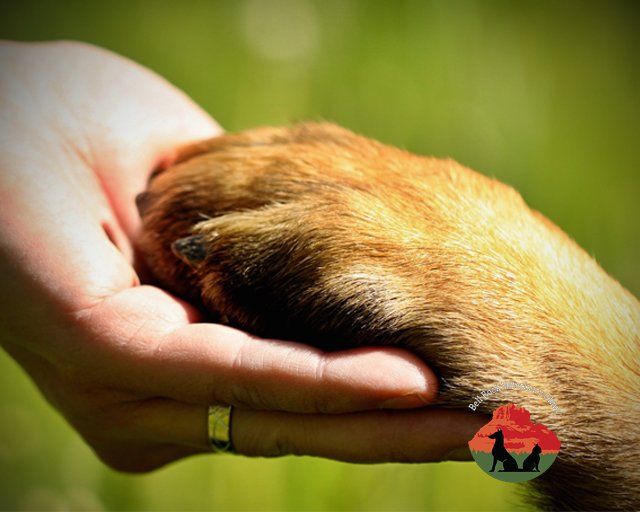
I am going to broach the difficult topic of end of life decisions. This is a conversion that veterinarians have regularly and I thought that some of you may not be comfortable talking about it. When do you know it is time to say good bye? Does my pet have quality of life? How does the process work? This article will help answer these questions.
Quality of
life comes first. How do you know if
your pet has quality of life? What
defines quality of life is different for each pet. I recommend sitting down and writing the
top 7 to 10 things your pet enjoys doing.
For example; greeting you when you come home, going for walks, laying at
a particular window or spot, and playing
fetch are the items that could define a good quality of life. Then as they begin to not do these things, cross them off the list. Once 70% to 80%
of the items are crossed off, it is a good indication that your pet’s quality of
life is diminishing. Euthanasia should
be considered at this time.
Next, most want to know what to expect during the process. The process is very peaceful. The pet is sedated, placed under anesthesia, prior to the euthanasia. This helps diminish the flight response that some pets will have. This response is a reflex and not painful. After the pet is sedated they will receive an intravenous injection of sodium pentobarbital that will stop the heart. The process only takes seconds to minutes. Their eyes will stay open even after they have passed. During their passing they may urinate or defecate as their body lets go. Once they have passed, you have to consider how you want to handle the remains.
If your pet is euthanized, or if they pass on their own you have a few options. You can have them cremated privately and receive their ashes back, or you can have them cremated with other pets in which the crematorium will handle the ashes. If you chose to bury your pet, you need to know the local laws regarding this, as it is not legal in all areas.
When to euthanize or if euthanasia is the right choice for you is extremely personal. It is normal to feel guilt over making the decision or to feel that the decision isn’t yours to make. I hope this article helps those who aren’t comfortable talking about euthanasia and opens the door for you to be able to discuss this topic further with your veterinarian.





